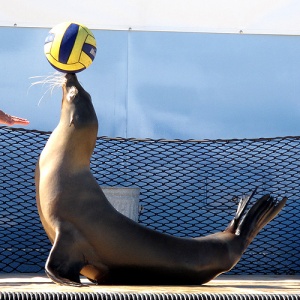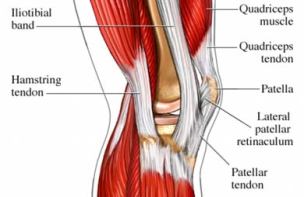Introduction
Diagnosis of shoulder pathologies is a difficult and specialised field in physiotherapy. As such, instead of diving straight into some shoulder pathologies that can be overlooked and misdiagnosed, I have decided to take a step back and discuss the important anatomical considerations. These points are common knowledge to your physiotherapist- but should serve the active sportsperson and weekend warrior due reminder to take care of a complex and easily damaged structure.
Glenohumeral Stability
The Glenohumeral (GH) joint is designed for the extremes of mobility, which unfortunately comes at the sacrifice of the stability that many other joints- such as the hip joint- take for granted. Compared with the deep ball and socket joint of the hip, the shoulder joint better reflects a sea lion balancing a ball on its nose (Brukner & Kahn 2012)! This analogy stems from the extremely small and shallow glenoid fossa in relation to the oversized head of the humerus.
The unstable nature of this joint highlights the huge importance of static and dynamic restraints in the shoulder for both stability and function. Now, static restraints refer to those which permit stability of the shoulder but do not aid in movement. These include the joint capsule, which is made slightly deeper by a circumferential lip called the glenoid labrum and the various GH ligaments. Conversely, dynamic stabilisers have dual functions in assisting with stability and movement of the shoulder joint. Dynamic stabilisers refer to the muscles of the rotator cuff- the supraspinatus, infraspinatus, teres minor and subscapularis muscles. These muscles arise on the scapula- each have different actions (see table 1.1) and engulf the shoulder with their insertions onto the head of the humerus. They then function to co-contract simultaneously, thereby maintaining the humeral head in the glenoid fossa (Brukner & Kahn 2012).
| Muscle | Movement |
| Supraspinatus | Aids abduction in the first 30-degrees |
| Infraspinatus | Chief external rotator of the arm |
| Teres Minor | External rotation- aids in extension |
| Subscapularis | Internal rotation |
*Note: These muscles- principally the supraspinatus muscle work in unison to prevent the humeral head from translating superiorly when the arm is raised.
Scapulohumeral Rhythm
Normal movement of the shoulder requires fluent action at four different joints:
- Scapulothoracic Joint: Movement of the scapula, gliding on the rib cage. The attachment of this joint is purely muscular. Movements occurring here include elevation/depression, retraction/protraction and superior/inferior rotation.
- Acromioclavicular Joint: Movement about this joint is very slight- but this synovial joint actually allows small amounts of superior and inferior glide.
- Sternoclavicular Joint: This refers to the joint of the acromion at the manubrium of the sternum. Movements allowed here include elevation/depression, anterior/posterior translation and small amounts of rotation.
- Glenohumeral Joint: Movement of the head of the humerus in the glenoid fossa.
Full movement of the shoulder requires some movement occurring at all of these joints. Collectively, this movement is termed scapulohumeral rhythm. Impaired movement at any of these joints will manifest itself as poorly controlled, jerky movement of the shoulder.
Disturbances to Scapulohumeral Rhythm
The common causes and manifestations of disturbed scapulohumeral rhythm will be discussed in further damage as I examine common pathologies of the shoulder joint. That said- the most common cause is weakness and poor motor control of the scapula stabilising muscles. The stable and optimally placed scapula ensures that the muscles arising from the scapula (i.e. the rotator cuff muscles) maintain their adequate length and thereby tension as they act on the head of the humerus. This highlights the importance of training not only the dynamic restraints of the shoulder, but also the scapula stabilising muscles following any shoulder injury.
References:
Brukner, P & Kahn, K 2012, ‘Brukner & Kahn’s Clinical Sports Medicine’, 4th edn, McGraw Hill, Sydney.


